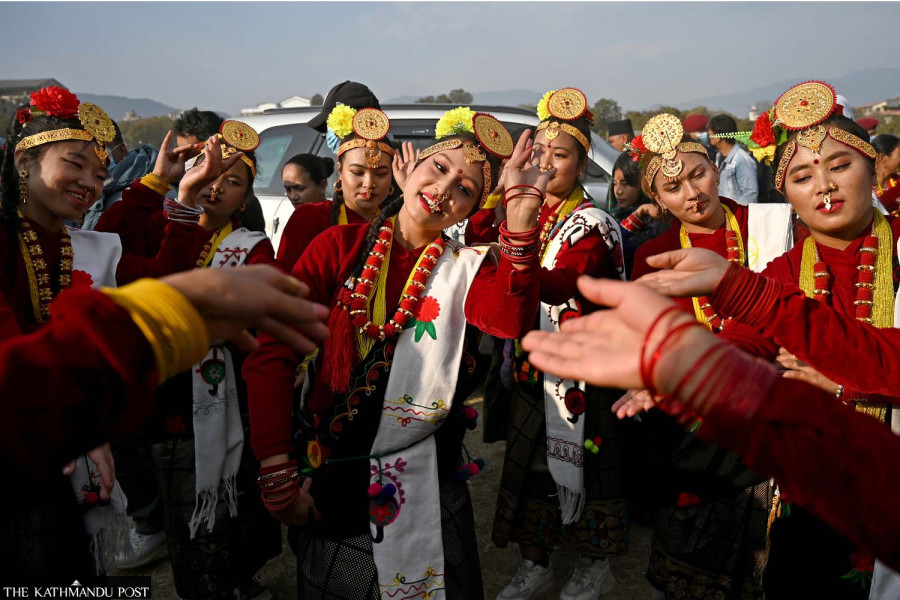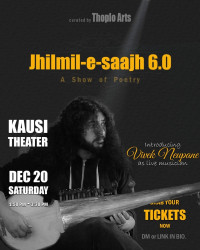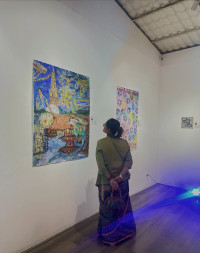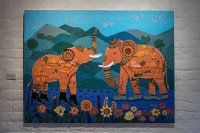Culture & Lifestyle
Maghe Sankranti: A celebration of harmony
From early morning rituals at temples to enjoying traditional delicacies, this festival unites Nepal’s diverse communities.
Amrit R Shakya
The festival of Maghe Sankranti is traditionally observed all over Nepal to ward off the cold of winter, promote brotherhood among the people, and uphold the cultural identity of Hindus. The advent of the festival heralds warmer days on the horizon.
The Newa people of the Kathmandu valley call this festival Ghyo Chaku Sannu. In the Newa dialect, ‘Ghyo’ and ‘Chaku’ mean ghee and molasses, respectively, whereas ‘Sannu’ or ‘Sankranti’ means the first day of the month ‘Magh’, per the Nepali calendar. A piece of chaku covered with ghee on top of it is called ‘Ghyo–chaku’, a special Newa delicacy.
Children enjoy the festival of Ghyo Chaku Sannu far more than the elderly, largely because of their love for the traditional treat, ghyo chaku. This is reflected in the Newa community’s popular slogan for the festival, “Ghyo Chaku Sannu macha khacha tinnu,” which roughly translates to “On the day of Ghyo Chaku Sannu, children leap with joy.”
On this special day, mothers rise before dawn and wake their children early, preparing them to visit the temple for special prayers and rituals. But the kids turn deaf ears to their mother. It is warm inside the blanket, and they are enjoying a deep sleep. After a short while, the mother opens the window, and a chilly cold breeze blows in, disturbing the kids’ sleep.
As they complain about the cold wind, the mother takes the blanket away. Despite her efforts, the children still pretend to be asleep. In response, she sprinkles cold water on them, prompting them to leave the bed and rush to the washroom to freshen up for the early morning journey to the temple.
They head toward the Shiva temple on the bank of the Bagmati River. With so many pilgrims bathing in the cold river water, the mother also wishes to take a holy dip, believing it will wash away sins and impurities, as per Hindu belief. The water is ice cold, and the children ask her, “Is the water cold, Mom?” “Not at all,” she replies. The children blink in surprise and whisper to each other, noticing that their mother is clearly shivering. After redressing swiftly, she hurries them to the holy fire nearby, within the temple precincts. They sit around the fire for a while. It not only warms their bodies but is also believed to cure diseases.
The mother has brought offerings for Lord Shiva: ghyo chaku, laddu, and tarul (yam). The laddu is specially prepared with molasses and sesame seeds, cleansed and dried the day before. These items are considered essential on this day to please Lord Shiva. In addition to these, they offer other items as well. Later, they donate money and ghyo chaku to Brahmin priests and saints, who bless them with wishes for good health, prosperity, and longevity. These acts are believed to help one accumulate punya (virtue) naturally.
The return journey is quite tiring, as the children are hungry and worn out. They are also a little upset with their mother because she hasn’t given them anything to eat. “You can eat now,” she always says, but the children murmur sadly, “What kind of festival is this? We can’t eat or drink even when we’re so hungry.” Hurriedly, they make their way back home.
After completing the morning rituals and offering ghyo chaku, laddu, tarul, and other items to the deities and ancestors, the mother finally serves the children a hot and delicious meal. It includes all the delicacies specially prepared the day before. By midday, the children enjoy sunbathing and a mustard oil massage, a practice their mother insists on, believing it will make them strong, healthy, and wise—just as she always hopes.

On the other hand, the Buddhist way of observing the festival is slightly different. Buddhist pilgrims climb the stone steps leading to the Swayambhunath Buddhist Temple, a UNESCO World Heritage Site and a major attraction in the Valley.
They play the dhime drum with thunderous energy while the melodious notes of the flute uplift their spirits as they ascend the steps. Singing traditional songs and dancing along the way, they enchant curious onlookers, drawing a captivated crowd toward them.
Many also climb the stone steps, pausing to rest breathlessly on benches before resuming their journey to the top. However, some take a longer route around the back of the hillock, which allows them to reach the top more easily and worship the Buddha conveniently.
While climbing the stone steps, the playful rhesus monkeys often amuse pilgrims. However, they must avoid trying to take selfies with the monkeys, as these animals can sometimes be aggressive. Additionally, climbers must remain cautious, as the monkeys are known to snatch valuable belongings. Once something is taken, chasing the monkeys to retrieve it is nearly impossible.
Upon reaching the top, the pilgrims are warmly greeted by the All-Seeing Eyes of the Buddha, a symbol of wisdom and compassion that watches over the world. The thunderbolt, a sacred emblem, inspires boldness and determination, encouraging them to strive for success. The prayer wheels, inscribed with the Sanskrit mantra “Om Mani Padme Hum”, invite them to chant its sacred words, which translate beautifully to “Oh, Lord Buddha on the Lotus,” honouring the Buddha with deep reverence. Many devotees in their flowing robes spin the wheels, embracing the optimism and positive energy they symbolise. The fluttering Buddhist flags assure them of inner peace and enthusiasm for their welfare.
After circumambulating the giant Chaitya at the centre, the pilgrims offer ghyo chaku, laddu, tarul, and other items to the Buddha and the deities. They also visit the Buddhist monasteries to worship and donate money and food to the monks. In return, the monks bless them with wishes for good health, prosperity, and longevity. Furthermore, the monks do not hesitate to extend their blessings for the pilgrims to be reborn in heaven after death, as their accumulated punya (virtue) is believed to aid in achieving this. Buddhists and Hindus share a common belief in the cyclical nature of life, including pre-birth and rebirth, as a spiritual journey.
Hindus and Buddhists are known for their tolerance and peaceful coexistence. They celebrate countless festivals together, albeit in their distinct ways and locations, adhering to their respective beliefs and traditions. Remarkably, they have never experienced conflict between them throughout history, serving as a unique example of harmony. This unity offers a valuable lesson to other religious and ethnic groups, reminding us all to strive for peace. May peace prevail in the world forever.




 6.12°C Kathmandu
6.12°C Kathmandu















